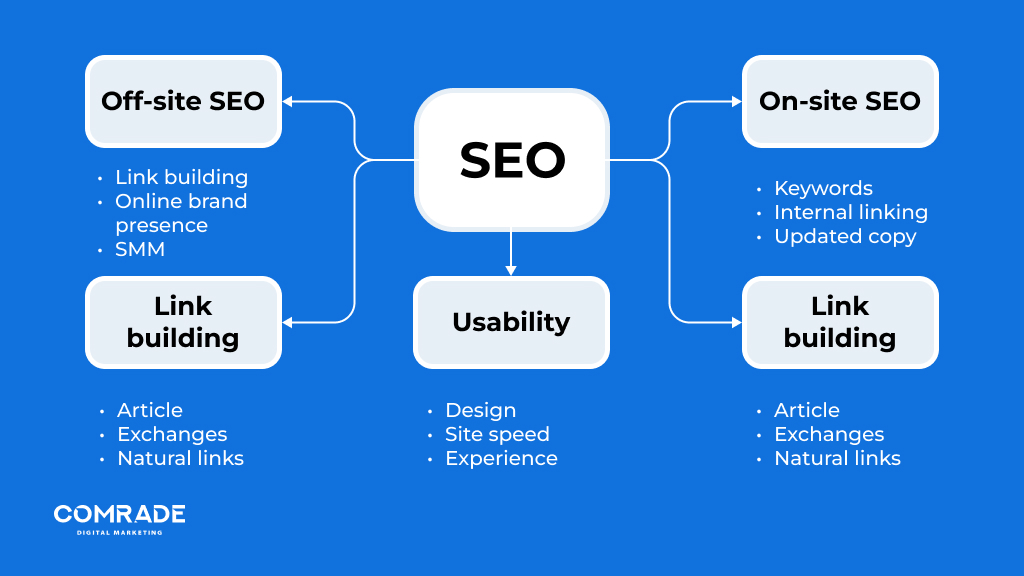Secret Aspects of What Is Ruled Out a Default Medium in Google Analytics
Secret Aspects of What Is Ruled Out a Default Medium in Google Analytics
Blog Article
Introducing the Unconventional Mediums in Google Analytics Beyond Default Settings
In the world of electronic analytics, Google Analytics stands as a keystone for businesses looking for to understand their on-line visibility. By venturing beyond the surface area and diving right into the ins and outs of social media data, email project efficiency, recommendation web traffic sources, direct web traffic patterns, and custom-made channel groupings, a prize trove of information waits for those ready to embrace a more nuanced strategy.

Leveraging Social Media Site Insights
Sometimes forgotten, yet exceptionally valuable, is the method of leveraging social media sites insights within the world of Google Analytics. By integrating data from systems like Facebook, Twitter, Instagram, and LinkedIn right into Google Analytics, companies can obtain a deeper understanding of their audience and the efficiency of their social media sites campaigns.
With this integration, marketing experts can track and evaluate customer behavior on their site that stems from social media sites systems. They can identify which social media channels are driving one of the most traffic, which content is resonating with the audience, and which campaigns are converting one of the most leads. This understanding permits for data-driven choices to optimize social media techniques and enhance total marketing performance.
Moreover, by integrating social networks understandings with Google Analytics, organizations can develop extra targeted and individualized projects - what is not considered a default medium in google analytics. They can use market info, rate of interests, and on the internet habits gathered from social networks to fine-tune their audience segmentation and supply customized messages that reverberate with particular client groups. This targeted approach can lead to greater involvement, raised conversions, and eventually, enhanced roi
Uncovering Email Campaign Efficiency
Uncovering Email Campaign Performance involves assessing vital metrics and efficiency signs to evaluate the effectiveness of e-mail advertising efforts. When delving into e-mail campaign performance, it is crucial to analyze metrics such as open prices, click-through rates, conversion prices, and unsubscribe rates. Open up prices indicate the portion of recipients that opened the email, giving insight right into the efficiency of subject lines and sender names. Click-through rates gauge the portion of receivers who clicked links within the e-mail, revealing engagement degrees. Conversion rates track the percent of recipients that completed a wanted action after clicking a link in the e-mail, such as signing or making an acquisition up for a newsletter. Unsubscribe rates highlight the number of receivers who chose out of obtaining additional emails, dropping light on email material quality and importance. By evaluating these metrics, marketers can tweak their e-mail campaigns for better involvement and performance.
Analyzing Recommendation Web Traffic Resources
After reviewing the efficiency of e-mail campaigns with essential metrics such as open prices and conversion prices, the following vital action is assessing referral traffic sources in Google Analytics to understand where internet site visitors are coming from and how they communicate with the site. Referral traffic sources refer to the websites that direct customers to your website via clickable links. By delving into this information, organizations can obtain understandings right into which outside platforms are driving web traffic to their site, whether it be social media systems, companion sites, or online directory sites.
Assessing reference website traffic can supply useful info on the effectiveness of exterior advertising and marketing efforts and partnerships. It helps businesses recognize high-performing recommendation sources that add dramatically to web Check This Out site traffic and conversions. By recognizing the habits of site visitors coming from different recommendation resources, businesses can customize their advertising and marketing strategies to maximize involvement and conversions. Google Analytics provides in-depth records on referral website traffic, allowing organizations to track the performance of each reference source properly and make data-driven decisions to improve their online existence.
Discovering Straight Web Traffic Patterns
Checking out the straight web traffic patterns in Google Analytics supplies beneficial understandings right into customer actions and the effectiveness of campaigns - what is not considered a default medium in google analytics. Direct traffic refers to visitors who come down on a website by directly typing the URL into their browser, using bookmarks, or you can find out more clicking untagged web links. Recognizing straight web traffic patterns can help marketing professionals examine the effect of offline advertising efforts, brand recognition, and the performance of word-of-mouth references
By diving into direct traffic information, services can uncover essential information about customer intent and brand name loyalty. Analyzing the actions of straight visitors, such as the pages they see, the moment invested in site, and the conversion price, can offer a much deeper understanding of customer interaction and the general effectiveness of the website in converting visitors right into clients.
Furthermore, tracking direct website traffic patterns in time allows organizations to determine trends, seasonality results, and the success of certain campaigns or promos in driving direct gos to. This details can then be used to fine-tune marketing approaches, enhance website material, and enhance the general user experience to maximize conversions.
Making Use Of Custom-made Channel Groupings
Making use of customized network groupings in Google Analytics enables businesses to categorize and assess their site web traffic based on certain standards, supplying valuable insights for enhancing advertising and marketing techniques. Personalized channel collections make it possible for companies to create their very own tailored groupings of web traffic sources, such as social media sites, natural search, email campaigns, and navigate to this website recommendation website traffic. By defining these groupings, services can obtain a much deeper understanding of how different advertising networks add to their website traffic and conversions.
This feature is especially beneficial for organizations with varied marketing techniques across different platforms. For instance, a firm running both paid and natural social media projects can distinguish between the two to evaluate their private performance precisely. Furthermore, custom-made network collections can assist determine any neglected or ignored traffic sources that might be driving beneficial involvement.
Conclusion

By venturing past the surface and delving right into the details of social media data, email project efficiency, referral web traffic resources, straight web traffic patterns, and custom channel groups, a prize trove of info waits for those eager to embrace a more nuanced technique. They can recognize which social media networks are driving the most traffic, which content is resonating with the audience, and which projects are transforming the most leads.After evaluating the performance of email projects with crucial metrics such as open prices and conversion prices, the following essential step is examining reference website traffic resources in Google Analytics to comprehend where internet site site visitors are coming from and just how they interact with the site. Custom channel groupings enable companies to create their own customized groupings of traffic sources, such as social media, organic search, e-mail projects, and reference website traffic. By leveraging social media understandings, revealing e-mail project performance, evaluating recommendation traffic sources, exploring straight website traffic patterns, and making use of custom-made channel groupings, online marketers can gain beneficial understandings into their online presence.
Report this page